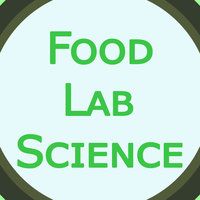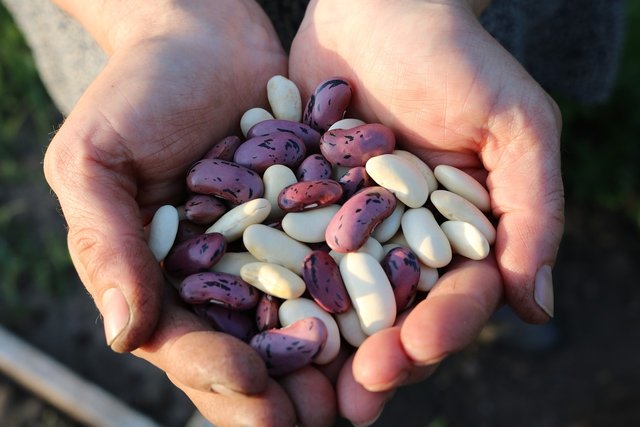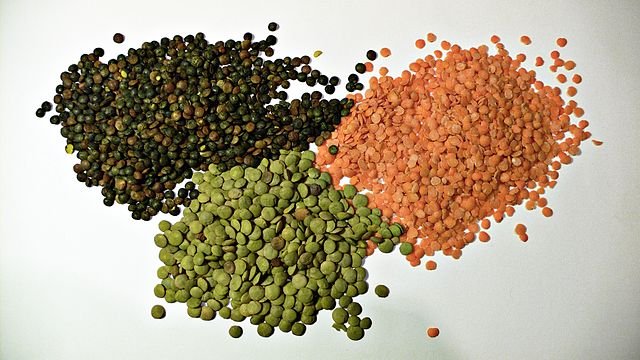Legumes: A comprehensive processing overview – Part 1
They take the second place in most important crops worldwide, about 12% - 15% of arable land is used to cultivate them, and they’ve been vital to the human diet for almost 10.000 years. If that was not enough to identify what I mean, I am talking about legumes.
Legumes: A comprehensive processing overview – Part 2
Legumes: A comprehensive processing overview – Part 3
Legumes have exceptional nutritional qualities. The legume seeds, which are also called pulses, are especially loaded with nutrients. In table 1 the nutritional information of common legumes is shown. The legumes also contain a variety of minerals, e.g. calcium, iron, magnesium, potassium, phosphorus, and zinc. Additionally, they contain essential amino acids such as lysine, leucine, and arginine. Essential means that the body is not able to make it on its own, and therefore it is ‘essential’ to get it through your food.
| Nutrient | Amount |
|---|---|
| Carbohydrates | 30%-40% |
| Dietary Fiber | 8% - 27.5% |
| Fat | <5% - 47% |
| Protein | 17% - 40% |
Table 1: Nutritional information of legumes.
Because of their nutritional value legume seeds are highly sought after as raw materials for food production and as ingredients for the enrichment of other foods such as bread, tortillas, and yogurt.
Legume foods can be subdivided into four varieties.
Beans
This is the most common variety of legumes. Examples are adzuke beans, anasazi beans, black beans, chickpeas, fava beans, kidney beans, lima beans, and soybeans. The bean variety is characterized by a high protein and carbohydrate content, but a lower fat content. There is a lot of variety in flavors and textures that make the beans usable in many types of dishes.

Nuts
Some nuts are the actual tree nuts, composed of a seed, dry fruit, and hard outer shell. The legume nuts are edible seeds from legume pods. Examples are peanuts, carob nuts, and soy nuts. These contain high amounts of fat, protein, and carbohydrate. If you wish to lower your fat or sodium intake you can buy the dry-roasted and unsalted versions as compared to salty nuts.
Peas
Another variety of legumes are the peas. The most well-known is probably the green pea. Other examples would be black-eyed peas, snow peas, snap peas, and split peas. Their nutritional quality is similar to the beans. Compared to the beans the peas tend to have a more naturally sweet flavor.
Lentils
The variety that changes from the spherical shape that beans, nuts, and peas have. The lentils are flatter and round in shape. A wide variety in color is found for the lentils. While the nutritional value doesn’t change much with color, it does change depending on whether the lentils are sprouted or not. Non-sprouted lentils are much denser and therefore contain more nutrients per unit volume. Either way, you’ll find most lentils back in delicious Indian dal curries. Dal is the term for lentils on the Indian subcontinent.
Antinutritional factors
With all these great properties one would expect legumes to be used all over the place right? Unfortunately, legumes contain a significant amount of antinutritional factors (ANFs) as well. These compounds are harmful to our well-being.
ANFs are naturally occurring secondary metabolites that protect the plant against some biological stresses such as pest attacks. – Avilés-Gaxiola et al.)
Some examples of these compounds are tannins, phytic acid, flatulence-causing oligosaccharides, and trypsin inhibitors. To keep this post a bit more concise we’ll focus the trypsin inhibitors, which is the worst offender of the bunch. Trypsin inhibitors reduce the uptake efficiency of dietary protein by inactivating the enzymes trypsin and chymotrypsin. These two enzymes are key in the digestive process inside the intestines. Without trypsin and chymotrypsin, the proteins aren’t properly broken down, which decreases protein absorption because it is only semi-digested. This also means we wouldn’t get those essential amino acids we so desperately need.
Naturally, the industry has found ways to inactivate ANFs like trypsin inhibitor. The most used method is a thermal treatment. While it is an effective method for reducing ANFs it is also effective in degrading the nutritional quality of the food. Thermal treatments have a negative impact on the environment and harm the nutritious compounds in the food. Below we’ll discuss the effect of thermal inactivation techniques for the inactivation of trypsin inhibitor and other ANFs, additionally, we’ll discuss alternative inactivation techniques that could provide a better solution.
Processing Techniques
Physical
Thermal
A variety of thermal processes are available. Common thermal processes are autoclaving, boiling, cooking, microwaving, and roasting. Besides being effective at decreasing the ANFs is it also a treatment that can be done at home with an oven. It is therefore accessible for industry and personal use. ANFs like trypsin inhibitors (TIs) are inactivated due to the breaking of intermolecular bonds, which destroys the tertiary structure of the TIs. One of the issues related to ANF inactivation with thermal treatments is that some TIs are more sensitive to heat than others. Those that easily degrade under influence of heat, i.e. thermolabile TIs, are affected while other types of TIs are not. This difference is found in studies on different types of legumes. Study on the inactivation of soybean TIs shows that a thermal treatment (boiling for 9 min, roasting for 2 min, cooking for 7-30 min, microwaving for 3 min, or autoclaving at 121 °C for 15 min) effectively eliminates most of the TIs present. Chickpeas, on the other hand, needed 90 min of boiling (that’s 81 more minutes!) to reach similar TI inactivation. It appears chickpeas contain TIs that are thermally resistant. Using thermal treatment for chickpeas causes excessive nutrient loss, with up to 96% of vitamins destroyed.
Thermal treatments can be effective depending on the type of legume. Still, there will be a negative impact on nutritional quality or functional properties, e.g. solubility, of the legume.
For your reading comfort, I have decided to separate this post into three parts; to keep the length in check. This was part 1 out of 3, in the next two days part 2 and 3 will be posted. Part 2 will continue with the physical treatment processes. Part 3 will discuss chemical and biotechnological processes.
Happy new year everyone!
References:
Inactivation Methods of Trypsin Inhibitor in Legumes: A Review
List of Legume Foods
Plant-based diet: Nuts, seeds, and legumes can help you get there
Nutrition basics
What are Trypsin & Chymotrypsin?
Study of Instant Controlled Pressure Drop DIC Treatment in Manufacturing Snack and Expanded Granule Powder of Apple and Onion
Radiolysis
Images:
Unsplash
Related from @Altherion
Survival of the Fattest
The Nano World – Atomic Layer Deposition
The Dancing Spider
Printing ‘Living Matter’
by FoodLabScience
Twitter

A scientist’s food for thought!

